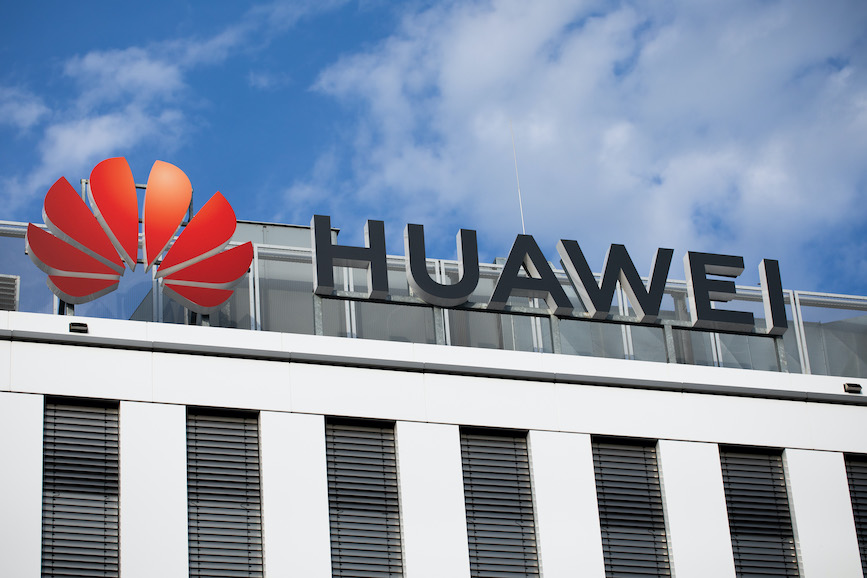Global 5G connections are forecast to double in a year, and it’s been a busy week for 5G business development news. Business technology journalist Antony Savvas takes a look at the evolving market.
According to the latest research from CCS Insight, the number of worldwide 5G connections are expected to reach 1.2 billion in 2022, representing the aforementioned 100% increase.
Industry 4.0
Key 5G players such as Ericsson, TIM and Amdocs are doing their best to make sure factories are part of this growing market.
Ericsson, TIM and automation systems firm Comau have joined forces to develop their “factory of the future” to drive Industry 4.0 and smart manufacturing, by leveraging 5G as part of the EU-funded 5Growth project.
Comau’s headquarters in Turin, Northern Italy are being used to demonstrate the advantages of 5G network slicing in developing three new applications.

The first use case captures the movement of a robot, and through an ultra-low latency radio link, produces a synchronised digital twin. The movement of the mechanical robot and the respective virtual renderings are “perfectly aligned in time”. And as the central system is constantly updated, it can consequently decide which production process is most convenient, while controlling all the function parameters.
The second application focuses on the real-time monitoring of industrial assets. Data is captured from a massive number of sensors and sent to an application that uses the acquired data to improve predictive maintenance planning, production processes and quality.
The third use case demonstrates “immersive telepresence” for an enhanced remote support scenario. Maintenance staff present on-site are assisted remotely by experts in order to resolve problems, taking advantage of both augmented reality (AR) and digital tutorials. Thanks to the high bandwidth capacity of 5G, it is possible for operators to share what they see in real-time with remote experts, which translates to “time and cost reducing benefits”, say the partners.

Daniele Franceschini, head of innovation at TIM, says, “With partners such as Comau and Ericsson we can guarantee the development of new services and networks, that can be configured in real-time with a high level of security to create customised business scenarios such as those related to Industry 4.0.
“We will contribute to digitalisation, providing solutions that improve the production processes of businesses and public administration.”
Austrian orchestration
Telco systems firm Amdocs is also taking a slice of the action. It has just completed an end-to-end 5G network slicing project with telco A1 Telekom Austria. It aims to help drive next-generation experiences and on-demand connectivity for consumers and enterprises, through the deployment, management and monetisation of slices through new orchestration techniques.

The trial was used to demonstrate end-to-end lifecycle management of 5G network slices and virtualised applications over hybrid clouds and edge networks, covering design, build, modification and termination. A customer-facing portal for ordering network slices was also developed to help cut design time and time-to-market “from hours or days to just minutes”, the companies say.
Juergen Wolf-Hofer, head of network evolution at A1 Telekom Austria Group, says, “The deliverable use cases that were demonstrated are very exciting, we will take the learnings from the project and apply them as we introduce next-generation 5G services to our consumer and enterprise customers.”
“From drones to the metaverse, 5G network slicing creates a whole new world of programmable network use cases, unlocking new experiences for end-users and new revenue streams for telcos,” adds Anthony Goonetilleke, group president of technology and head of strategy at Amdocs.
A big DISH
Open RAN advocate DISH has announced its 5G broadband service is now available to more than 20% of the US population, which is a boon to both the disaggregated mobile access market and the West’s potential 5G take-up.
In May, DISH’s Smart 5G network commercially launched in Las Vegas. Since then, DISH has expanded its service to more than 120 cities across the country, offering unlimited data, voice and texts.

“We are connecting customers with America’s first and only cloud-native Open RAN network,” says Dave Mayo, executive vice president of network development at DISH Wireless. “This coverage milestone was achieved through the collaboration, ingenuity and hard work of the DISH team and our numerous partners, including AWS, Cisco, CommScope, Dell, Fujitsu, Intel, JMA, Mavenir, Nokia, Oracle, Palo Alto, Qualcomm, Samsung and VMware.
“We’re the only major network in the world built primarily with American vendors.”
Putting aside the fact some of those vendors actually have their global headquarters in Japan, Korea and Finland, the quick ramping up of the network is certainly an achievement.
Chinese 5.5G
A couple of major 5G players DISH didn’t seek out for its roll-out party are making their own progress on the technical advancement front.

Huawei and China Telecom have jointly unveiled their “5.5G” technology, otherwise known as the less catchy Super TimeFreq Folding offering.
5G industry applications, such as machine motion control, multi-machine collaboration, and machine vision artificial intelligence (AI) inspection, have become increasingly essential in core production processes, say the partners, raising extremely high requirements on latency, reliability and uplink bandwidth.
They add, that a latency of or lower than 1 ms, 4 ms and 10 ms is required in about 15%, 35% and 30% of industrial control protocols, respectively.
“As such, how to fulfil the ultimate network requirements of core production processes has become an urgent technical challenge in the industry,” they say.
On the 3.5 GHz band, Super TimeFreq Folding can provide an uplink equivalent bandwidth of up to 100 MHz and reach an uplink peak rate of more than 1 Gbps, while shortening the E2E latency from 10 ms to less than 4 ms.

They promise: “The use of mmWave in the future will further slash the latency to less than 1 ms. Super TimeFreq Folding can better meet 5G performance requirements of core production processes, and help industry customers improve quality, efficiency and reduce costs.”
All these developments point to the potential commercial success of 5G, helped by a patchwork of different business models.
The author is Antony Savvas, a global freelance business technology journalist.
Comment on this article below or via Twitter: @VanillaPlus OR @jcvplus






